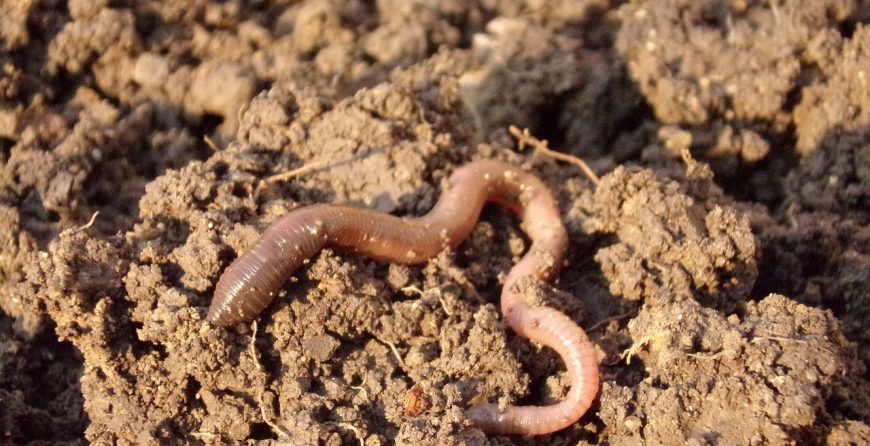Many organic gardeners will tell you that worm castings make a huge difference in their gardens. The question is, what’s the difference between worm poo and bat droppings?
The answer depends on several factors.
It’s all about diet
For starters, the biggest difference between worm castings and bat guano is determined by what the animal is eating. We all know that what goes in must come out and what goes in determines if the composted manure will be high in potassium, phosphorus, or nitrogen.
Most forage animals pass droppings that are high in nitrogen, but bats and worms have more varied diets.
Let’s put the two head-to-heads for a closer comparison:
Round 1: Bat Guano
You might think bat guano is a little exotic for your Iowa garden, but you can find it around these parts.
Take a gander at any of the labels and you’ll see that it has a good analysis with something present for N, P, and K. Typically, the strength is concentrated in the middle of the analysis, which is the case for all types of bat guano. Because bats aren’t foragers and N is the nitrogen content, this makes sense.
- Bats consume fruits and insects, but they like to flock to bat farms when they can. Worms are easier to keep in one spot since they can’t fly away. Plus, worms will just eat what they’re fed.
- In terms of diet, bats are pickier, which makes them unpredictable. Most guano is found in caves with a long-established population. Popular areas for harvesting are mountainous areas in tropical climates (thus this drives the price up).
Because bat guano is high in phosphorus, it encourages plants to bloom and develop strong roots but can be harder on your soil.
Round 2: Worm Castings
Worm castings are usually higher in nitrogen compared to phosphorus and potassium. Most often, castings are 100% nitrogen but maintain an NPK analysis of 1-0-0 on the bag. Why is this? The worms are usually fed paper cardboard waste, which is a byproduct of trees.
- Don’t hesitate to use worm castings on your top growth. Create a mixture that’s 1 to 3 parts potting mix and you’ll have a great organic fertilizer for your house and garden plants.
- The best part is there’s no odor! Because of the digestion process, castings are neutralized so they smell like nothing but fresh earth. That’s MUCH more enjoyable to work with compared to smelly bat guano.
The Winner!
It’s safe to say that Iowa is not a mountainous place with a tropical climate (one could only imagine, right?), which means bat guano might be out of your price range. Because the stuff comes from Mexico, Jamaica, and Indonesia, it will cost you a pretty penny.
You can scour the Iowa country for abandoned barns and farm properties that might have one or two bats in the loft, but who has time for that? Plus, that’s just shady.
Your organic vegetable garden will be better served by worm castings. Castings are high in live biological organisms such as:
- Fungi
- Actinomycetes
- Beneficial bacteria
- Plant growth regulators
- Yeasts
- Molds
- Trace elements
- Pseudo monads
- NPK ratings
With worm castings, you don’t have to worry about overdoing it since they can’t burn your plants or over-condition your soil. Order as many bags as you need from MCG Biomarkers today!


